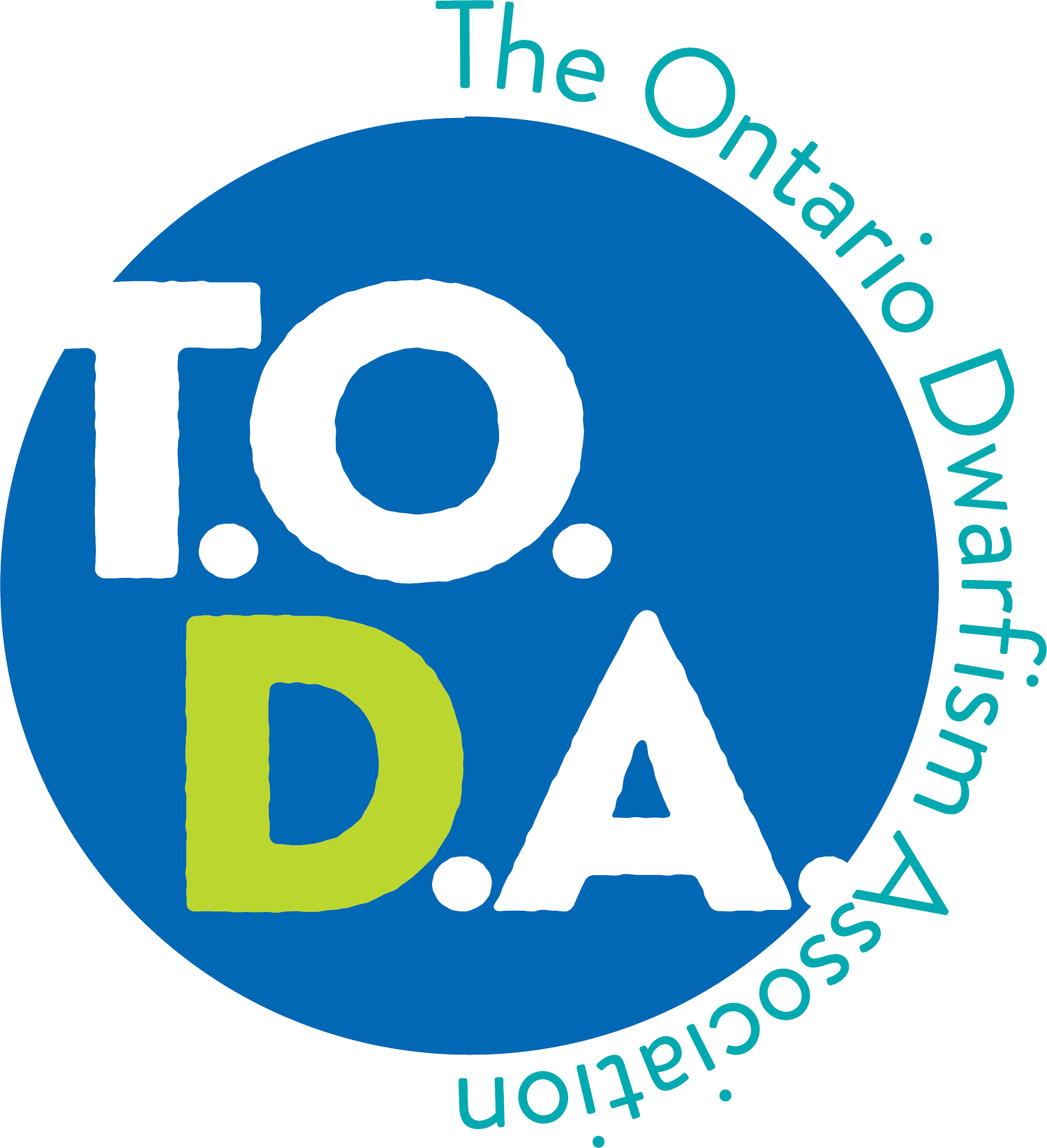FAQs
-
What is dwarfism?
Check out this link for detailed, accurate and up to date information
-
What causes dwarfism?
In some cases, dwarfism can be inherited from one or both parents, while in other cases, it results from a spontaneous mutation that occurs during conception.
-
Are there different types of dwarfism?
Yes! There are over 400 different types.
-
Is it okay to say “dwarf”?
While "dwarf" can be used to describe someone with dwarfism, many people with dwarfism prefer the term "little person" or "person of short stature," and using someone's name is always the most respectful approach
-
How common is dwarfism?
Dwarfism, also known as skeletal dysplasia, is a rare condition, with the most common type, achondroplasia, occurring in about 1 in 15,000 to 1 in 40,000 births
-
Can dwarfism be diagnosed before birth?
Yes, certain types of dwarfism, like achondroplasia, can be diagnosed before birth through prenatal ultrasound or genetic testing, although most cases are confirmed after birth.
-
Do people with dwarfism have a shorter life expectancy?
While some types of dwarfism can be associated with medical complications that lead to potentially a shorter lifespan, most people with dwarfism, have a normal or near-normal life expectancy with proper medical care.
-
What are some common health challenges faced by people with dwarfism?
People with dwarfism can face various health challenges, including delayed motor skills, frequent ear infections, bowed legs, sleep apnea, and spinal stenosis, among others.
-
Can people with dwarfism drive, work, or have children?
Yes, MOST people with dwarfism can drive, work, and have children, just like their average-height peers. However, some cannot. Many can lead healthy, active lives and participate fully in society.
-
Are there any accommodations needed at school or work?
Yes, individuals with dwarfism may require accommodations at school or work to ensure equal access and participation, which can include adjustments to furniture, accessibility, and modifications to tasks or activities.
-
What terms should I avoid when referring to someone with dwarfism?
When referring to someone with dwarfism, it's best to NEVER use the term "midget," as it is considered offensive and carries a history of demeaning usage. Instead, use terms like "person with dwarfism," "little person," or "person of short stature," or simply refer to the person by their name
-
How should I approach someone with dwarfism in public?
When approaching someone with dwarfism in public, treat them as you would anyone else: be respectful, avoid making assumptions, and use their name rather than a label or a derogatory term.
And if you feel comfortable, ask them any questions you may have (kindly and respectfully!)
-
How can I support the dwarfism community?
You can support the dwarfism community by advocating for inclusivity, promoting understanding, and supporting organizations that serve individuals with dwarfism and their families.
-
Why is media representation important for people with dwarfism?
Media representation is crucial for people with dwarfism as it shapes public perception, combats stereotypes, and promotes inclusivity and understanding, ultimately impacting their social experiences and opportunities.
-
What should I do if my child is diagnosed with dwarfism?
If your child is diagnosed with dwarfism, seek support from a medical team, connect with organizations, and focus on promoting your child's independence and well-being. Take a deep breath and welcome to the club <3
And don’t hesitate to reach out to us as we are here to help, guide and support you along your journey.
-
When is Dwarfism Awareness month?
DAM is in October.
Dwarfism Awareness Day is annually on October 25th
-
Is there a certain colour associated with dwarfism?
Yes - Green!
We wear green on October 25th to celebrate!
